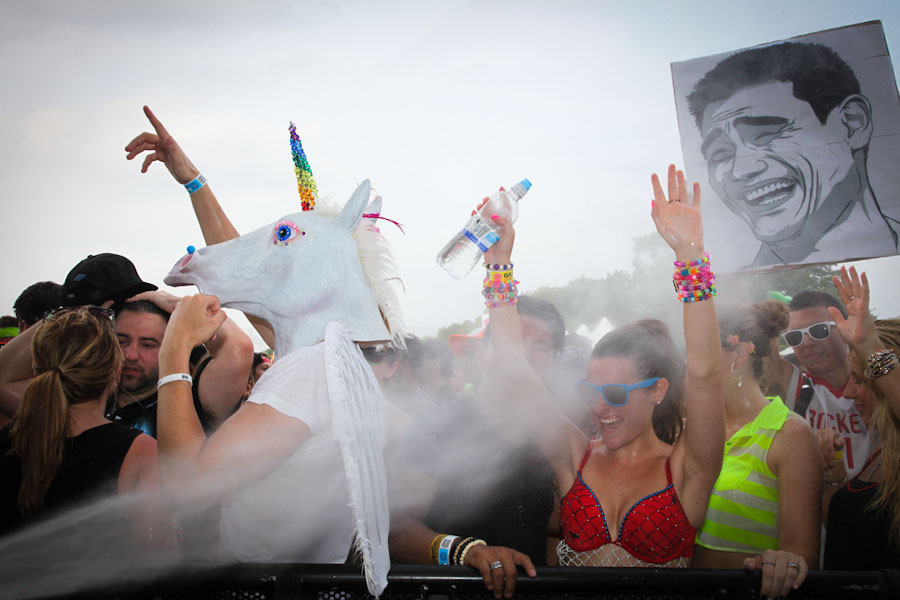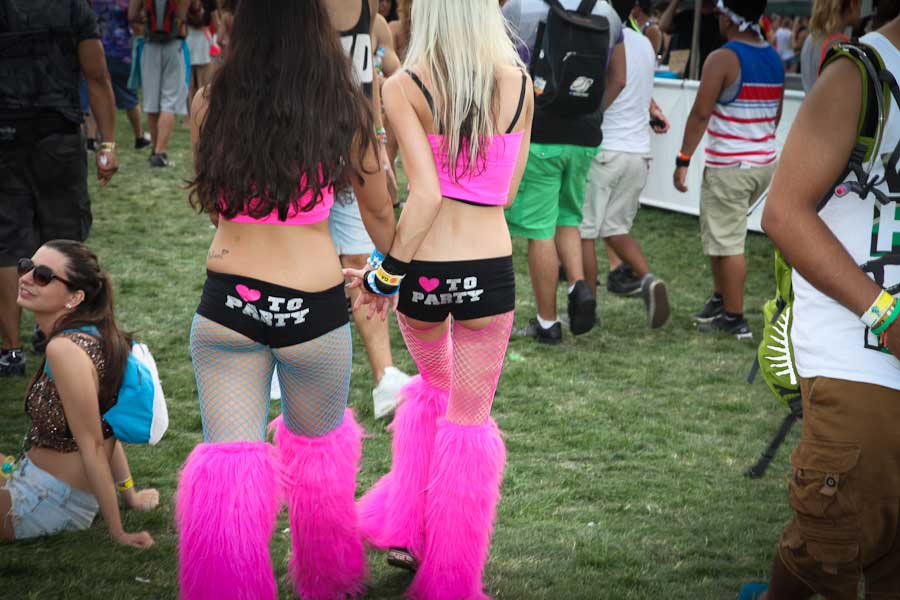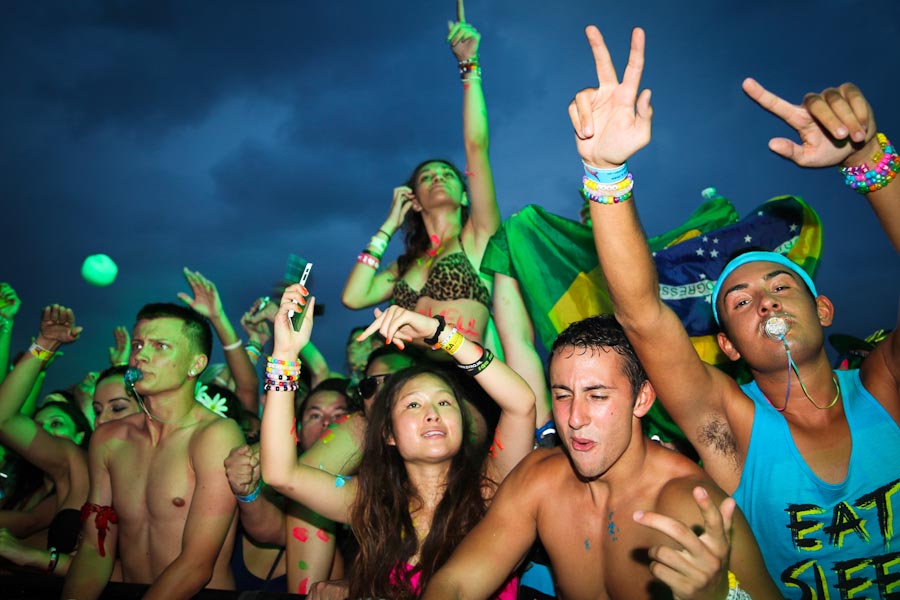While adults scratch their heads wondering why someone would pay hundreds of dollars to see to a DJ, more young Americans are immersing themselves in the culture of electronic dance music. The rave behavior doesn’t seem innocent—and it’s not. As EDM’s popularity continues to rise with festivals drawing hundreds of thousands of people, dance music being recognized by the Grammys, and EDM getting radio play, its culture is quickly becoming synonymous with partying, drugs and death.
Every music festival has its dangers, but EDM shows seem to consistently make headlines for health issues, with a surge of problems this summer. In June, a twenty-four-year-old California man died at the Electric Daisy Carnival in Las Vegas, a festival that attracted over 130,000 people from across the country and was headlined by biggest names in genre including Avicii, Afrojack and Tiesto. This wasn’t the first death at the festival—four years ago a fifteen-year-old girl died from drug intoxication. Also in June, dozens of concertgoers, some as young as sixteen, were hospitalized in Boston from problems involving alcohol, drugs and dehydration at an Avicii. Last year, Electric Zoo cancelled the third and final day of the festival after two drug-related deaths.
Drugs have always been a part of the music world—Woodstock, rock and roll, hip hop—but the issue with EDM is how widely encouraged illegal substances are. Despite warnings such as Electric Zoo’s “zero tolerance policy for the use of illegal drugs,” it’s common knowledge that drugs are being passed around and many attending shows are high. But, the issue can’t be ignored when teenagers as young as fifteen are overdosing.
The drug of choice seems to be Molly, the powder or crystal form of MDMA, the chemical used in Ecstasy. Molly has been deemed a Schedule 1 controlled substance, meaning that there is no medical benefit from this drug and it has a high potential for abuse. People who use Molly describe themselves as feeling open, accepting, unafraid and connected to people around them. However, when a trip turns bad, users experience confusion, anxiety, depression, paranoia, muscle tensions, tremors, involuntary teeth clenching, blurred vision, and organ failure. It has become so popular an issue that Electric Zoo created a PSA warning against the drug that attendees had to view in order to validate their concert passes.
EDM devotees defend their drug use, declaring that Molly makes the music sound better, the flashing lights seem brighter, and the ability to express themselves easier. “I do take Molly when I’m at shows,” one EDM fan that has attended many festivals including Electric Daisy Carnival in Las Vegas, and Electric Zoo in New York said. “I just become alive. I’m usually a shy guy, but at shows I can dance and throw my worries away for a few hours.” The genre’s fans also say these concerts have a communal feeling, where people can be themselves and be accepted.
However, because of its accessibility, many young teenagers are taking drugs for the first time at these shows with no idea how their bodies will react. Naïve teenagers and those with previous drug experience alike are at risk—they have no idea of knowing if the drugs they are getting is the real deal. Molly may have a reputation of being pure, but it is easily tampered with—mixed with other harmful and less expensive substances.
With the EDM industry valued at $6.2 billion by Association for Electronic Music report, it is clear that these types of festivals aren’t going away anytime soon. Concert organizers attempt to keep safety a main priority with numerous security personnel and paramedics on the scene, but as long as there are people who push the limits, the risks will remain.
– Stephanie Petit for The Untitled Magazine
– Photography by The Untitled Magazine







